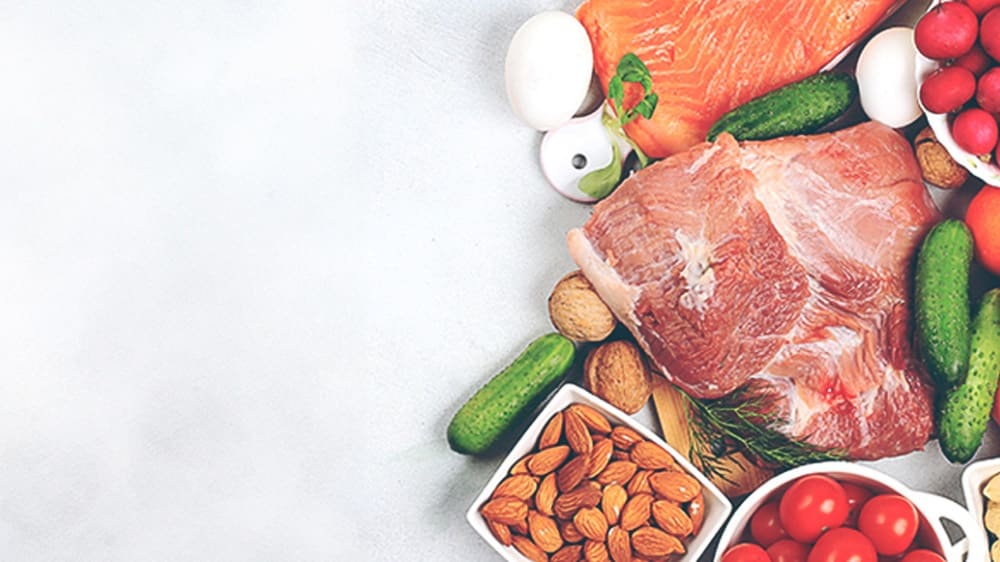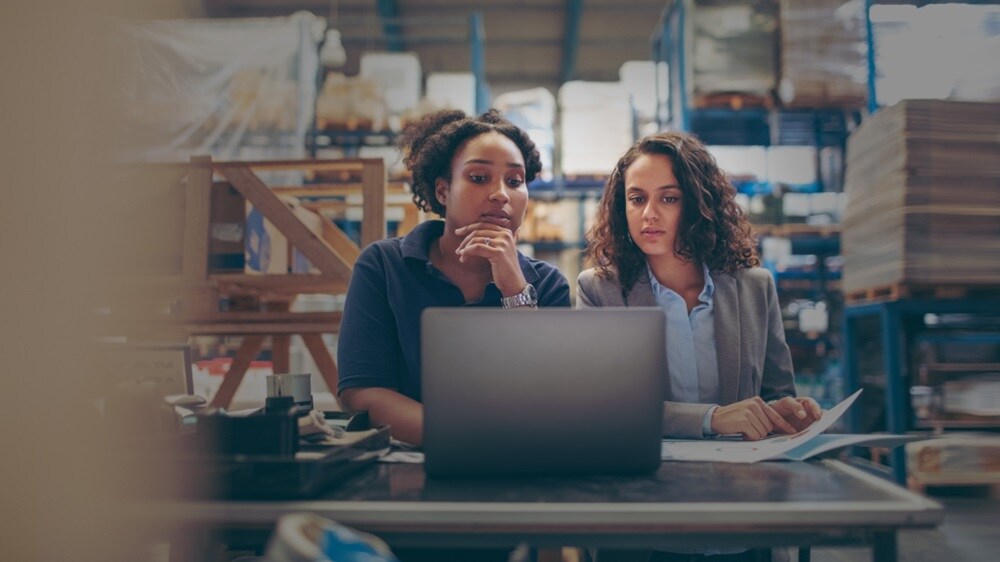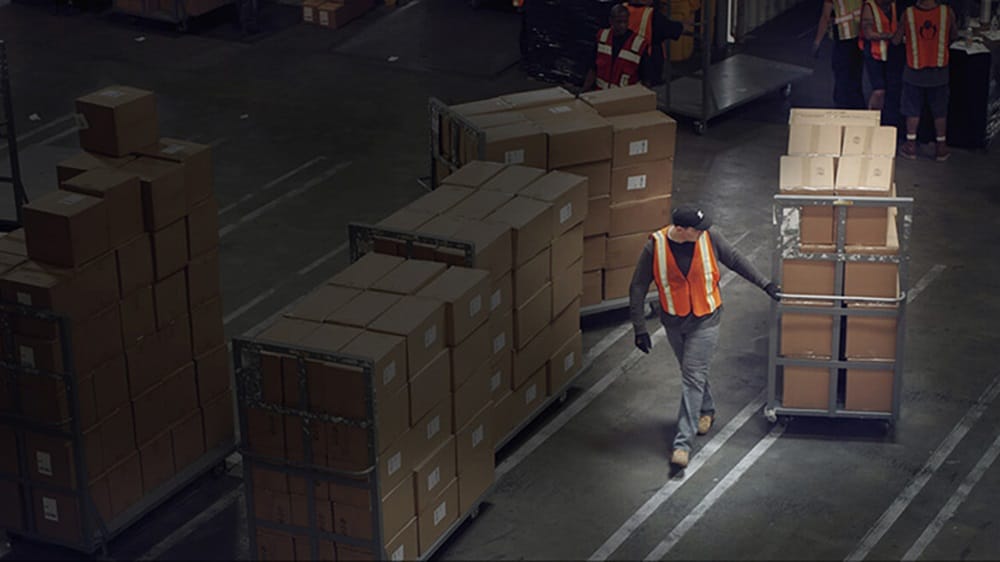
Inland transportation services in Europe
Connect to your customers seamlessly with our rail, road and barge solutions.
Build a lower-emission logistics corridor through the UK
From ocean freight to inland and warehousing, Maersk is working towards a target of net-zero greenhouse gas (GHG) emissions by 2040. Starting with Laura Maersk– the world's first container vessel running on green methanol– to electric cranes, electrified trucks and HVO-fuelled rail, we aim to support our customers in the UK reach their decarbonisation goals.
Discover how you can reduce your GHG emissions across your supply chain with Maersk.
How can you reduce your carbon footprint in FMCG logistics?
Sustainability is now one of the top priorities for the FMCG industry. It’s not enough to merely meet market needs, it’s essential to do it while reducing carbon emissions. Considering that the transport sector represents about 16% of global GHG emissions per year, the logistics industry has a responsibility to drive decarbonisation efforts.
In this article, we explore how Maersk is helping customers decarbonise their inland supply chains.

Overcoming the challenges of the tech industry in Europe
After the disruptions caused by the pandemic, the technology industry was expected to regulate itself. But with new challenges such as the war in Ukraine bringing enormous economic turbulence, the market is still suffering from 5 unforeseen factors - inflation, labour unrest, energy shortage, geopolitical uncertainty and extreme weather.
Read on to find out how the Technology industry is reacting to these challenges and leveraging inland solutions to overcome supply chain disruptions.

Four ways to reduce the GHG footprint of your inland supply chain
Businesses in Europe are under pressure to reduce their greenhouse gas emissions by at least 55% by 2030. This is just the beginning. By 2050, the long-term objective is to achieve climate neutrality. To achieve these ambitious goals, the race is on to discover strategies that cut emissions coming from supply chains, especially from inland transportation.
Read our article to find four strategic ways to reduce your inland supply chain’s GHG emissions.

Unlock the Middle Corridor to reach your destinations
Considering the challenges caused by disruptions in trade lanes between Asia and Europe, businesses are looking for alternative routes and ways to move their cargo. One such route that’s growing in popularity is the Middle Corridor, or the shortest route from China’s Pacific coast to Europe. Placed strategically at the centre of this is Kazakhstan, the largest landlocked country in the world, with the potential to connect the two regions efficiently.
Find out how you can get shorter transit times and lower emissions by going beyond ocean in Kazakhstan with electrified cross-border rail transport.

Decarbonising road transport in Germany
There is a pressing need across the world for the logistics industry to address the environmental impact of supply chains. In Europe, we see rising customer demand for cleaner end-to-end transportation solutions with minimal greenhouse gas (GHG) emissions. That’s why Maersk has invested in 25 Volvo electric trucks for road transportation in Germany.
Find out more about how energy-efficient trucks are decarbonising inland container transport in Germany.

Electrifying rail in Spain for a carbon-efficient experience
Currently, about 35% of railway lines in Spain run on fossil fuels, contributing to overall supply chain emissions. With the effect of climate change becoming more apparent each day, it’s essential to find alternative fuels and low-carbon logistics solutions. That’s why Maersk has partnered with Renfe and Cepsa to decarbonise inland logistics in the region.
Read the article to find out how we’re using biofuels and electrified rail in Spain to lower the GHG emissions of inland transportation.

Move your cargo faster between Spain and France
Are you looking for ways to reduce the time it takes to move your cargo across the Spanish-French border?
Now, you can reach your markets faster with Maersk’s new rail product, operating from the port of Barcelona to southern France. Starting early November, you can leverage 3 weekly direct block trains between Barcelona and Toulouse along with a weekly connection between Barcelona and Lyon.
Learn how to shorten your transit times for import and export cargo in Toulouse, Bordeaux and Lyon by up to 12 days with rail transport.

Bridge the distance between Morocco and Europe
Recent research indicates that 64% of European companies altered material sourcing due to supply chain disruptions. Morocco is now a preferred alternative, thanks to its strategic North African location and diverse export goods. Enhancing connectivity is crucial.
Maersk’s Morocco Bridge integrates ocean, rail, and truck transport, providing a thrice-weekly cargo route from Tangier to Algeciras, extending into Europe with eco-friendly multimodal solutions. This streamlined approach reduces congestion and GHG emissions without compromising speed to market.

Interested to know more?
Do you want to stay updated on the latest logistics insights from the Europe market? Sign up to our EUR Market Update now.
Sign upYou may also be interested in
Reach your full potential by letting us simplify and connect your supply chain from end to end.



